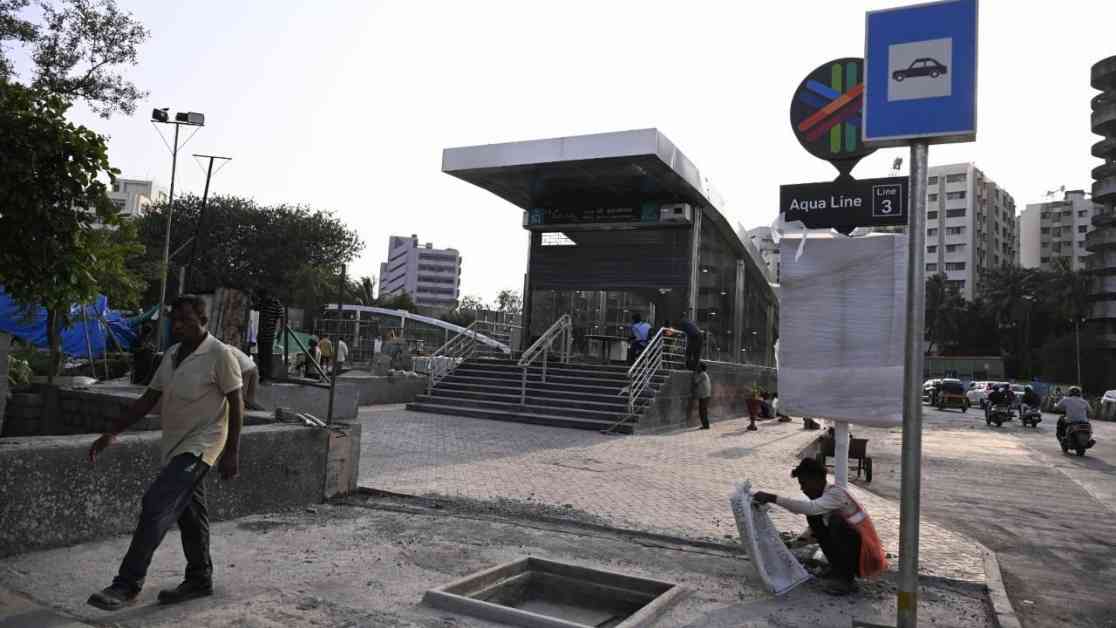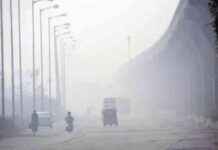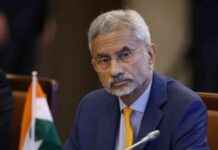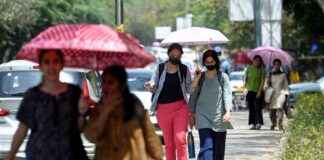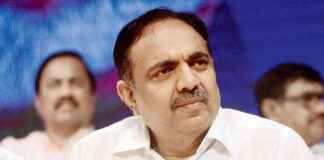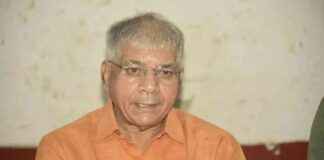Mumbai’s Metro Aqua Line 3, a highly anticipated transportation project, is set to open on October 4, marking a significant milestone in the city’s infrastructure development. The first phase of this underground metro line, connecting Aarey to BKC, will commence operations with all stations operational on the opening day. However, the two airport stations along the route will have limited access initially as construction work continues.
The airport stations are part of the Transit-Oriented Development (TOD) scheme, which aims to promote the development of commercial and residential spaces near metro stations to benefit commuters. These stations will serve as crucial inter-modal transportation hubs connecting the Metro Aqua Line 3, Red Line 7A, and the planned Airport Express Gold Line 8, enhancing connectivity for passengers traveling to and from the airports.
The Terminal 2 station, located two levels below a massive TOD building, will feature India’s tallest escalators and three entry/exit points on the Andheri side. This state-of-the-art infrastructure is designed to provide seamless connectivity and convenience to passengers using the metro system.
The Aarey to BKC stretch of the Metro Aqua Line 3 comprises ten stations, including the airport stops. The Mumbai Metro Rail Corporation (MMRC) plans to operate nine trains on this route, with two designated for maintenance and standby purposes. The remaining seven trains will be in active passenger service, ensuring efficient transportation for commuters.
According to a presentation by MMRC Managing Director Ashwini Bhide, the metro line will run 260 round trip services daily, with operational hours from 6 am to 11 pm based on passenger demand. This extensive schedule aims to cater to the diverse travel needs of Mumbai residents and enhance connectivity across the city.
The 33.5 km long Colaba-Bandra-SEEPZ Metro-3 Corridor, of which the Aqua Line 3 is a part, is a crucial project aimed at improving the city’s transportation landscape. With 26 underground stations planned along the route, the metro line will provide a faster and more efficient mode of travel for residents and visitors alike.
The integration of the Metro Aqua Line 3 with existing transport modes, including the suburban railway and other metro lines, at various locations across Mumbai will facilitate seamless transfers for passengers. Key hubs such as Mumbai CSMT, Churchgate, Grant Road, Mumbai Central, Dadar, Mahalaxmi, and BKC will serve as major interchange points, enhancing the overall connectivity of the city’s public transportation network.
As Mumbai prepares to inaugurate the Metro Aqua Line 3 on October 4, residents and commuters can look forward to a significant improvement in the city’s transport infrastructure. The efficient operation of this metro line, coupled with the TOD scheme’s development initiatives, will undoubtedly enhance the overall commuting experience for passengers in Mumbai.
